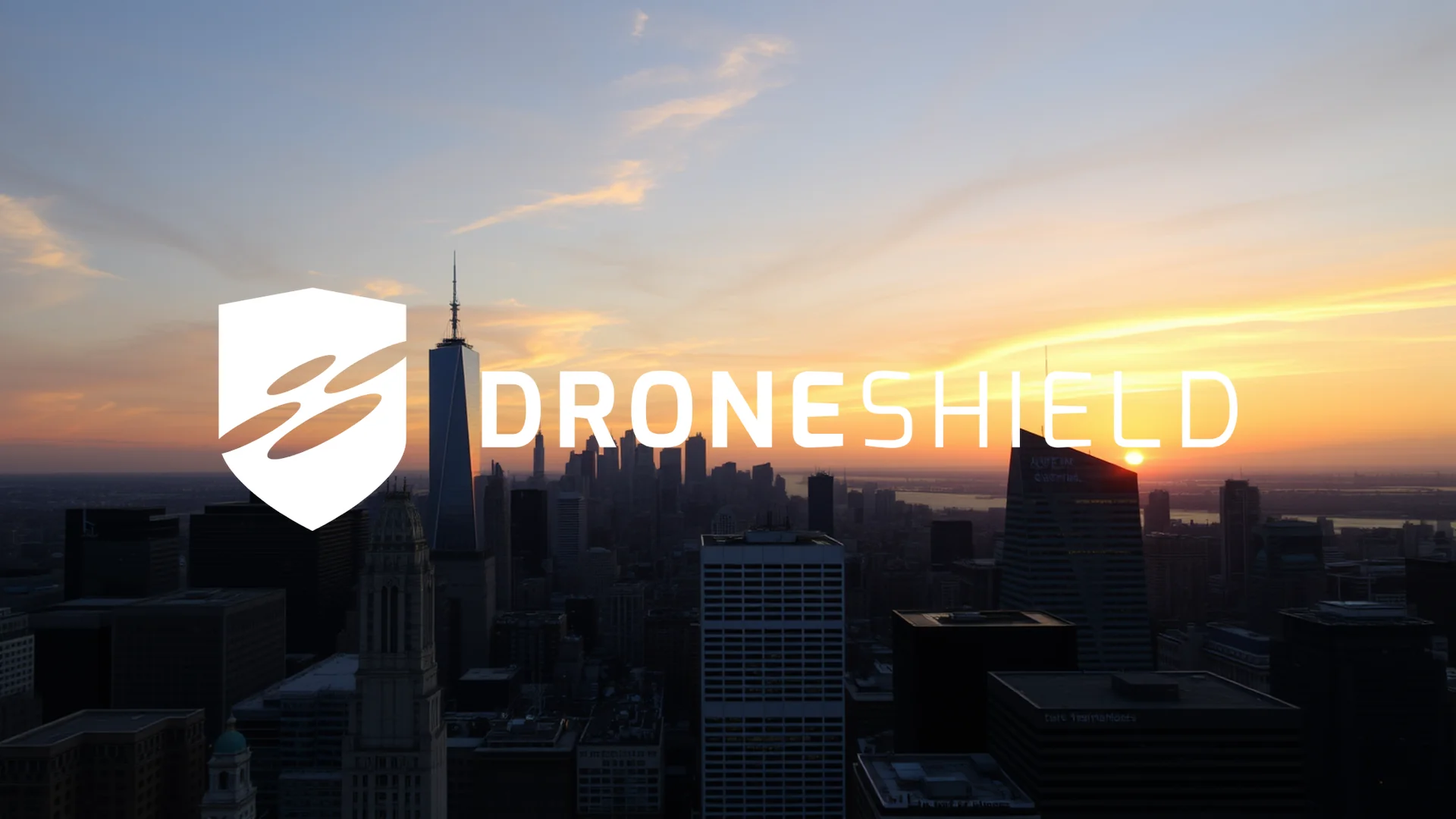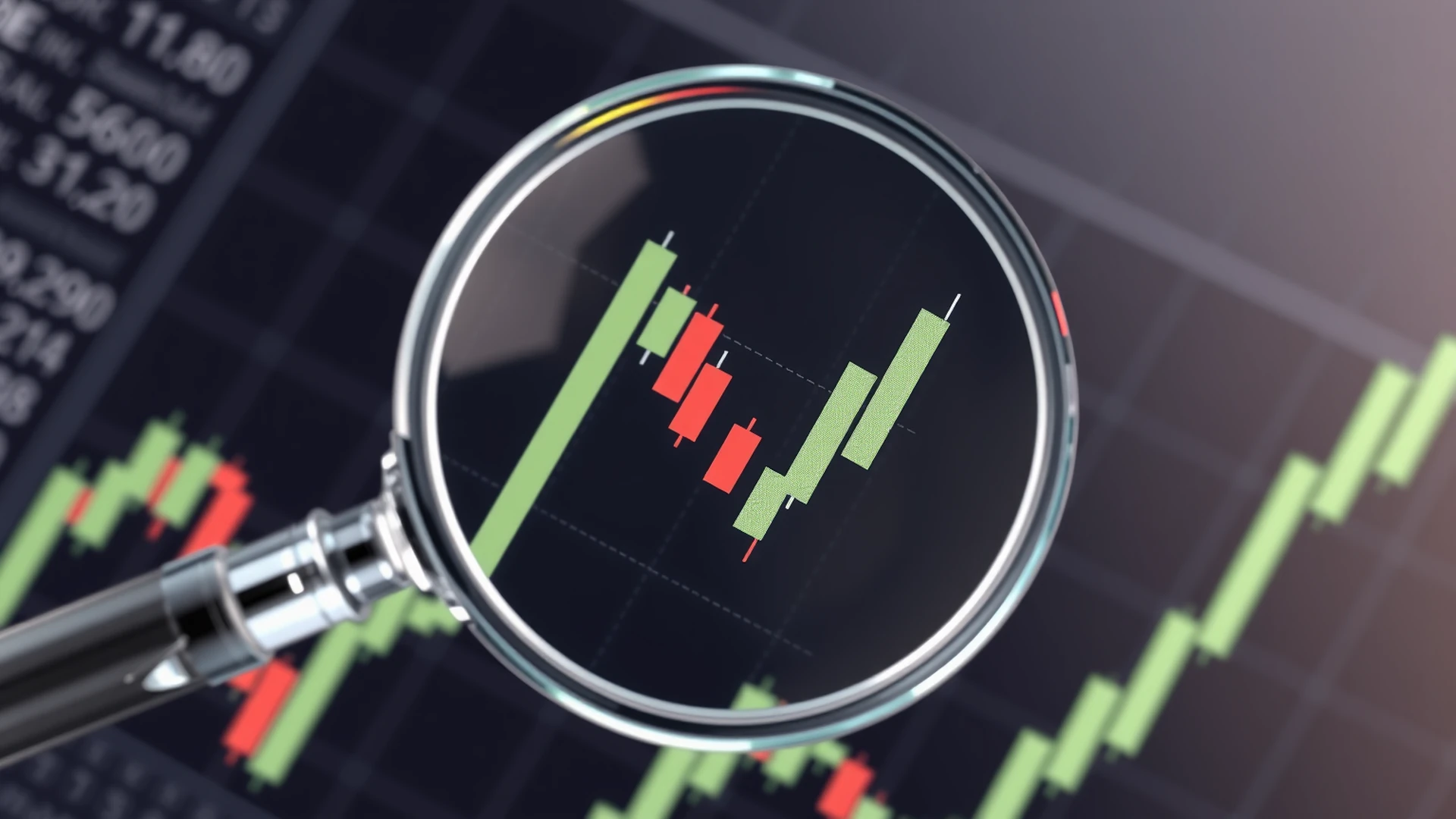Despite unveiling its most sophisticated command-and-control platform to date, Australian counter-drone specialist DroneShield saw its shares decline more than 5%. This pullback comes following an extraordinary 754% rally over the previous year, suggesting investors are capitalizing on gains as the company accelerates its strategic pivot toward software-as-a-service offerings.
Strategic Shift Toward Recurring Revenue
The newly introduced DroneSentry-C2 Enterprise (C2E) platform represents a comprehensive system designed for national-scale counter-drone operations. This technology enables centralized management of multiple drone detection sites across geographically dispersed locations.
CEO Oleg Vornik emphasized the platform’s strategic importance for DroneShield’s medium-term objective: generating 30-40% of revenue through SaaS subscriptions. The company has already secured its first commercial deployment, with a European client along NATO’s eastern flank scheduled to implement the system in early 2026.
Key capabilities of the C2E platform include:
– Unified drone alert management across all connected sites
– Integrated system health monitoring for immediate operational readiness
– Remote threat verification via live camera feeds
– Seamless transition between enterprise-level oversight and local operational control
Interoperability and Workforce Expansion
Concurrent with the C2E launch, DroneShield enhanced its core DroneSentry-C2 offering with SAPIENT protocol compatibility. This upgrade ensures interoperability with other command-and-control systems used in joint military operations.
Should investors sell immediately? Or is it worth buying DroneShield?
Chief Technology Officer Angus Bean stated the platform addresses “the realities of modern airspace security,” where governments and infrastructure operators must manage counter-drone operations across numerous distributed locations.
The company’s expansion extends beyond product development. DroneShield recently announced a new AU$13 million research and development facility in South Australia and has nearly doubled its workforce to 400 employees within a single year.
Financial Context and Market Performance
The recent share price decline follows DroneShield’s remarkable market performance, fueled by increased global demand for counter-drone technologies amid heightened geopolitical tensions.
Financial results for the first half of 2025 already reflect positive momentum, with earnings per share reaching AU$0.002 compared to a loss of AU$0.008 during the same period last year. This improvement underscores the company’s transition toward profitability even as it continues to invest heavily in research and infrastructure.
Ad
DroneShield Stock: Buy or Sell?! New DroneShield Analysis from November 29 delivers the answer:
The latest DroneShield figures speak for themselves: Urgent action needed for DroneShield investors. Is it worth buying or should you sell? Find out what to do now in the current free analysis from November 29.
DroneShield: Buy or sell? Read more here...










